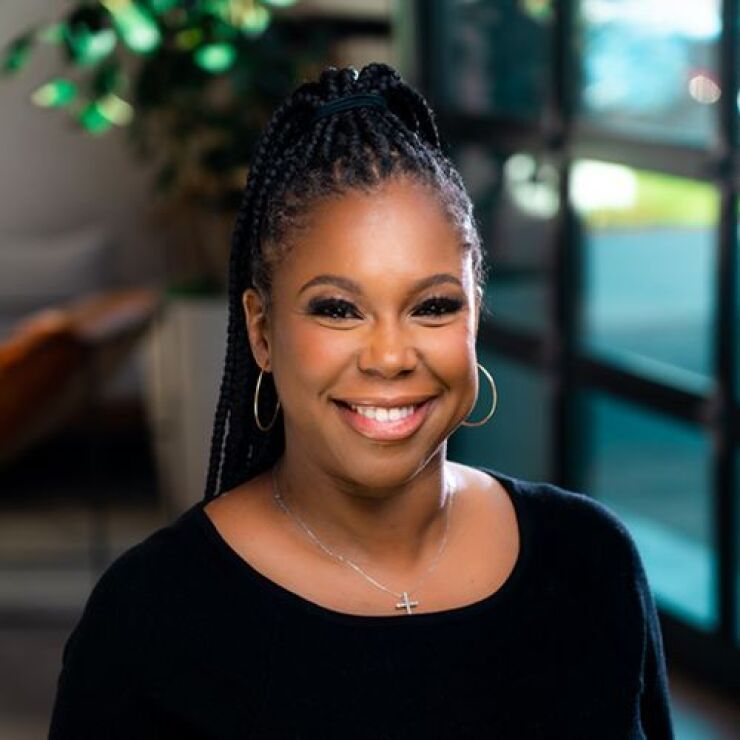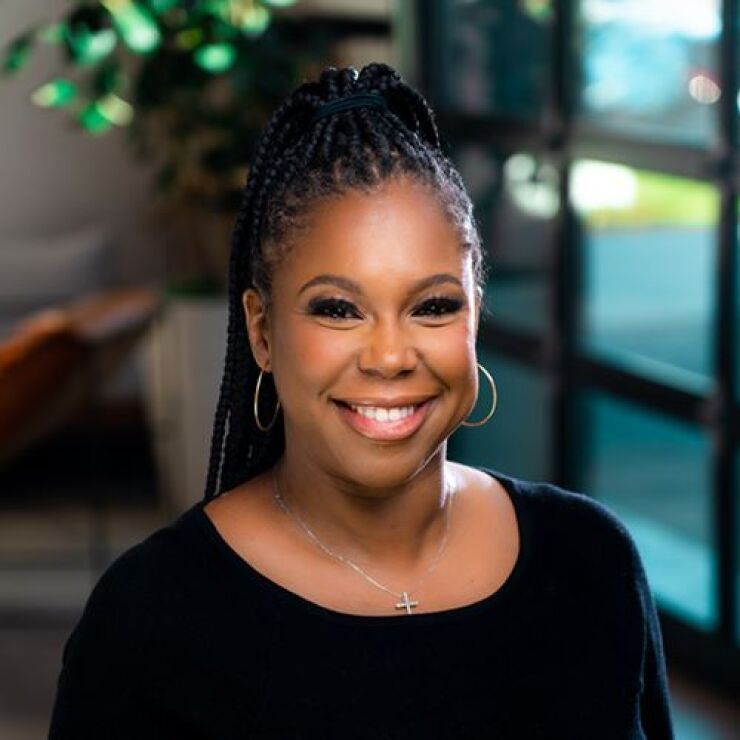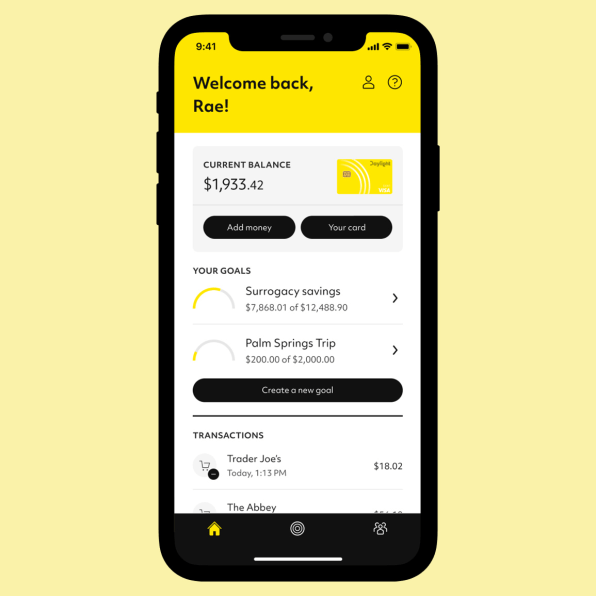Dionna Smith has always seen education as a great equalizer. Which is why, when the DEI and HR exec was presented with an opportunity to bring inclusive education to kids nationwide, she jumped at the opportunity to expand her professional mission.
Smith, who previously served as the head of DEI at home services website Thumbtack, recently made the leap to software company GoGuardian, which builds educational tools that support digital learning, help teachers with lesson-planning and assessment, and can even monitor online activity and alert educators to safety risks students may be facing. The company’s software products, which are ubiquitous on school-provided Chromebooks, are utilized by 25 million students across the country. In Smith’s new role, she is tasked with not only supporting inclusivity within GoGuardian, but working to make sure their teacher- and kid-facing products are built with inclusion in mind.
“Education opened up the world to me,” Smith says. “And now I see ed-tech’s role in education as one where a student’s ZIP code is no longer the dictator of the quality of education they receive.”
Read more: Why returning to normal ‘was not working’ for this HR leader
Smith grew up in New Orleans in a predominantly Black neighborhood, which she says created a sheltered experience for her as a child, growing up in a world in which most people looked like her. As a teen, when her parents enrolled her in an all-girls Catholic High School, that was no longer the case.
“It was a great school, but it was not diverse at all, and I found myself in situations where, for the first time, I felt like I didn’t belong,” Smith says. “But it was a profound opportunity for me, one in which I found my voice and learned to speak up if I didn’t agree with something.”
While studying at Howard University, a historically Black college, Smith learned how to use that voice to carve out her future professional path, one in which she could bring change to the world. Now, at GoGuardian, she’s committed to making sure everyone has safe and equal access to education.
Smith recently spoke to EBN about her new role, bringing inclusivity to both workplace culture and tech products, and how technology can work to support well-being and mental health at school.

Courtesy of GoGuardian
GoGuardian’s suite of products aims to provide a solution for all corners of education. Where does DEI fit in?
We use a lot of artificial intelligence and predictive analytics in our products, one of which, for example, can alert school administrators if a child is maybe searching online for something that would lead to self-harm or violence, or maybe thinking about bringing a weapon to school. That’s a super interesting and amazing product, but from a DEI perspective, we know that there is bias in AI — so how do we ensure that product, which has amazing intent, is not having a disparate impact on certain students?
Read more: How this new software hopes to remove bias from performance reviews
Say there’s a student in an urban area, looking up rap lyrics that may be violent or talking about something that’s inappropriate. Because AI doesn’t know culture, and doesn’t know the lyrics to a Lil Wayne song, it could cause an alert to be sent to that student’s school. So imagine a family getting a knock on the door in the middle of the night from a police officer, based on something that your child was [innocently] searching for online. The way technology is often set up, it might not be able to distinguish those nuances. These are the things we’re working on: How do we protect students while balancing privacy and ensuring that cultural nuances and differences don’t adversely cause more alerts for certain types of students.
With respect to the ongoing adolescent mental health crisis, how are you working to make sure GoGuardian’s products consider all aspects of a child’s well-being?
Those alerts that we mentioned can also apply to self-harm and suicide risk — we do a lot of work around suicide prevention. Those alerts serve as indications of mental health crises, or students who are struggling. It’s creating an opportunity to help students get the help they may not otherwise be getting. We are certainly not a mental health brand, but it’s impossible in this day and age to be in the business of helping students and keeping students safe without considering mental health.
Beyond cultural considerations within GoGuardian’s technology, what other challenges is your team working to solve?
On the curriculum and instruction side, we’re creating presentations and content for students, and for teachers to use in their classroom. Teachers can control it, and students can use it interactively. From a content perspective, we want to make sure that students who learn differently, or are maybe neurodiverse, can achieve the same outcomes as other students.
Read more: Technology can bridge the workplace diversity gap
Then there’s the ongoing legislation around critical race theory, “don’t say gay,” and other laws in certain states. It’s really important for those that are providing content and curriculum to ensure that students are learning real history without violating laws in certain states. So there’s a lot of equity and inclusion involved in education in general, so it’s very exciting to be a part of that in this expanded role across products and government affairs.
How are you juggling those product responsibilities while maintaining that internal HR focus and working to grow an inclusive organization?
I have three distinct teams within the DEI function: one is focused on people and culture; the second on product inclusion; and the third is around equity, research and development. On that first pillar — people and culture — we are working very closely with our chief people officer and her team on things like recruiting, building that diversity recruitment strategy, learning and development DEI, and working closely on our compensation equity analysis. As an individual, my scope is a lot larger than it had been formerly, as well as what is typical of DEI leaders — and I’m thrilled about that. But it means that I must build a team of folks who are leaders in this area and can really focus specifically on bringing DEI to culture and HR.
What are you anticipating will be top-of-mind for organizations in terms of DEI and wellness as we move through 2023?
As companies continue to pay attention and focus on the mental health of our employees, I think we’ll see this continued conversation around how we address neurodiversity at work, especially in an environment where many of us are remote — we are a remote company as well. How are we ensuring and thinking about too much screen time, or other things that might really impact folks on the spectrum? Accessibility, and how we meet the needs of employees, is continuing to change, and I think when it comes to people and culture, that will be a large focus for most companies.








